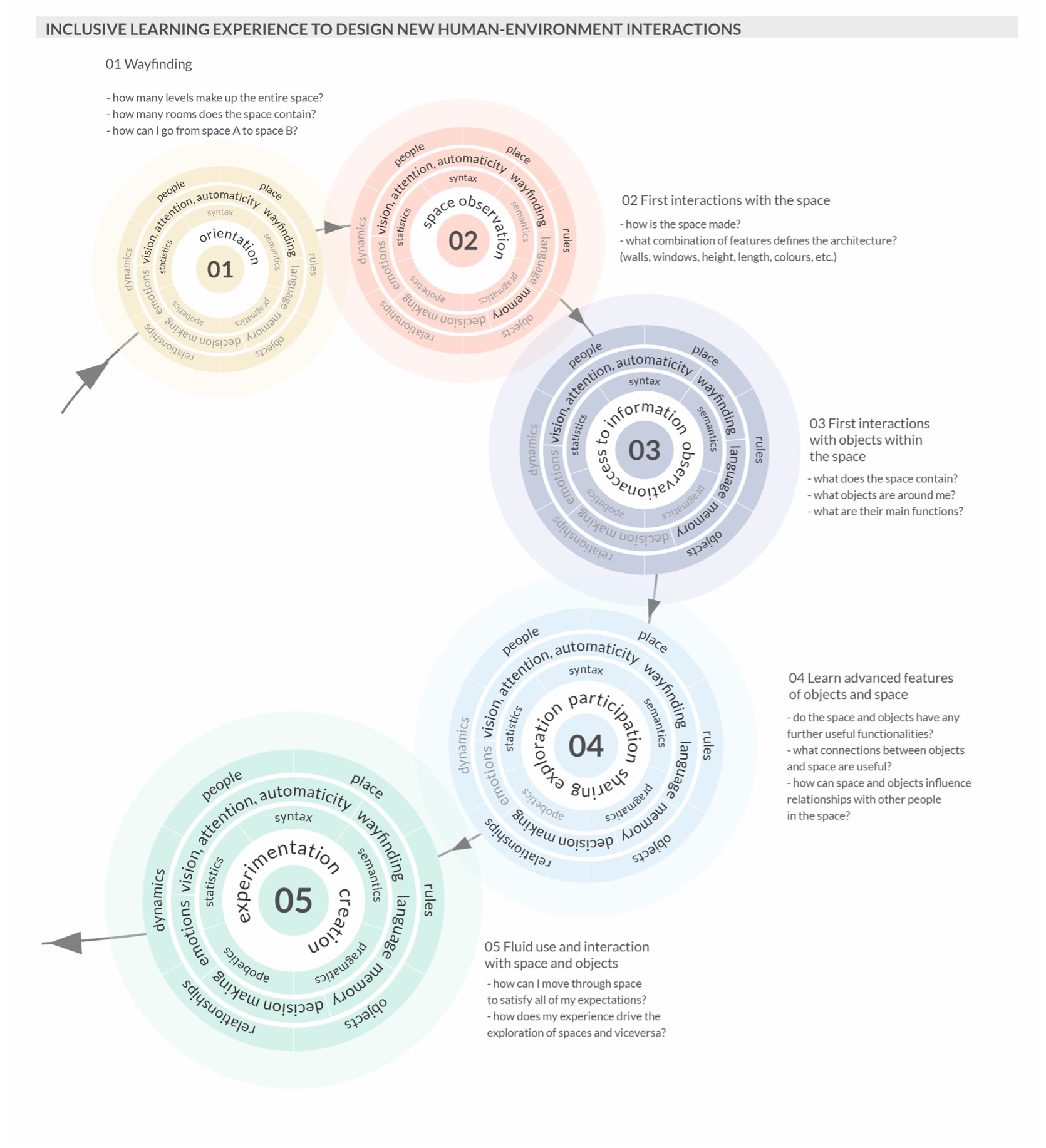Submitted by M.L. R. Grove on Wed, 06/12/2023 - 11:14
The article illustrates an exploratory framework to deliver human-environment interactions by arguing that the design of our surroundings significantly shapes human behavior and relationships. As technology integrates into spaces, it brings both benefits and challenges.
This article delves into the intersection of learning theories and user-centered design paradigms, aiming to diminish exclusion in the face of evolving architecture and technology. By fostering an inclusive spatial learning experience, designers are encouraged to create spaces that progressively unveil their features, enhancing the overall experience for individuals of diverse abilities, ages, genders, cultures, and roles within specific architectures.
Read the article here: https://revistas.unisinos.br/index.php/sdrj/article/view/25956

